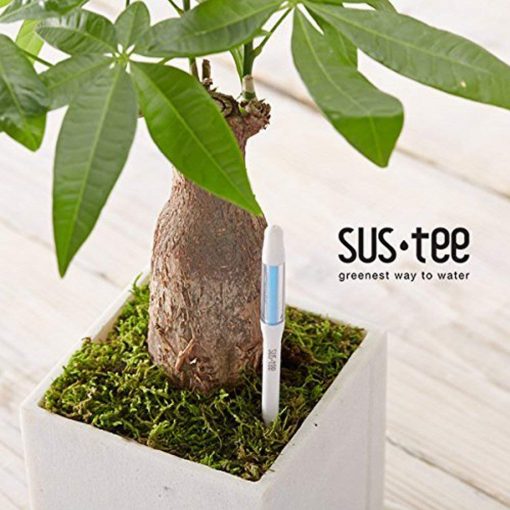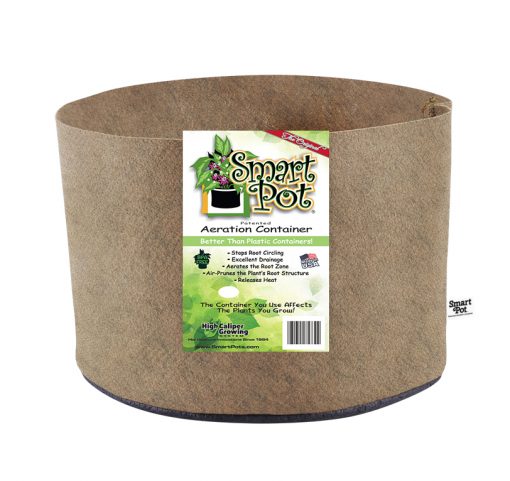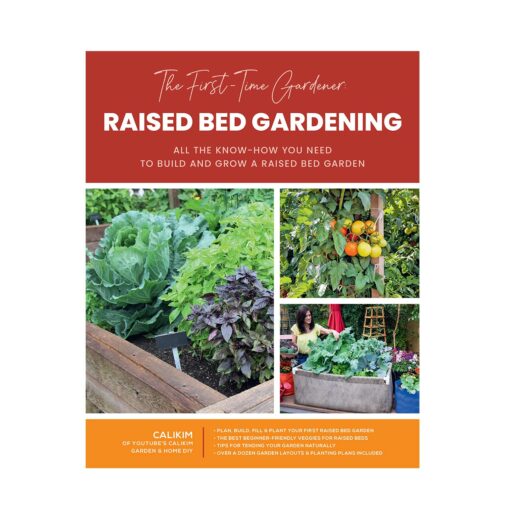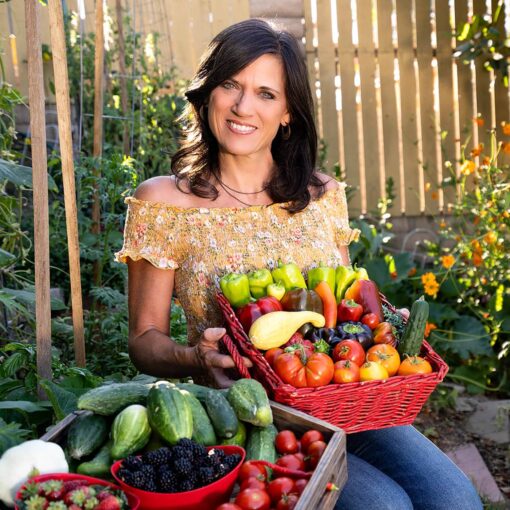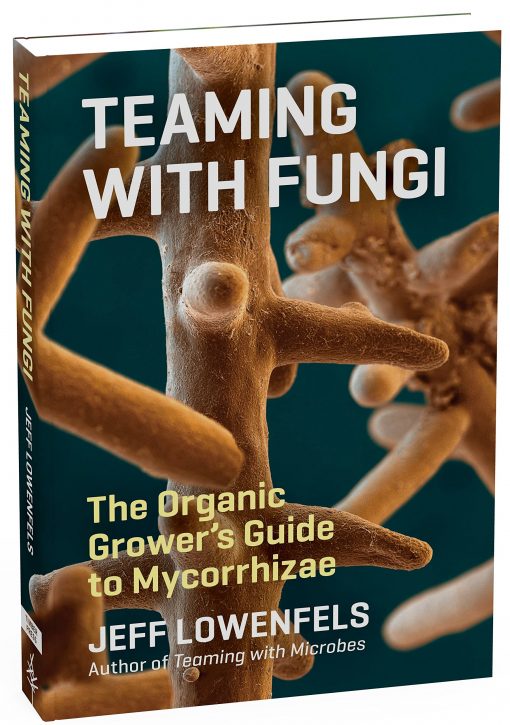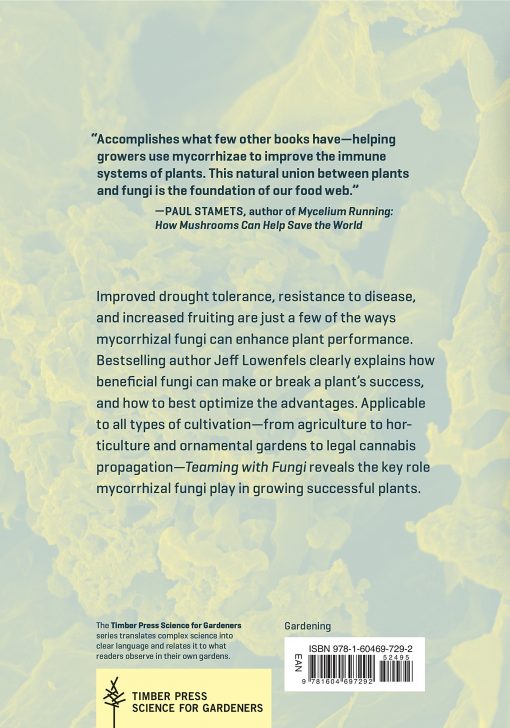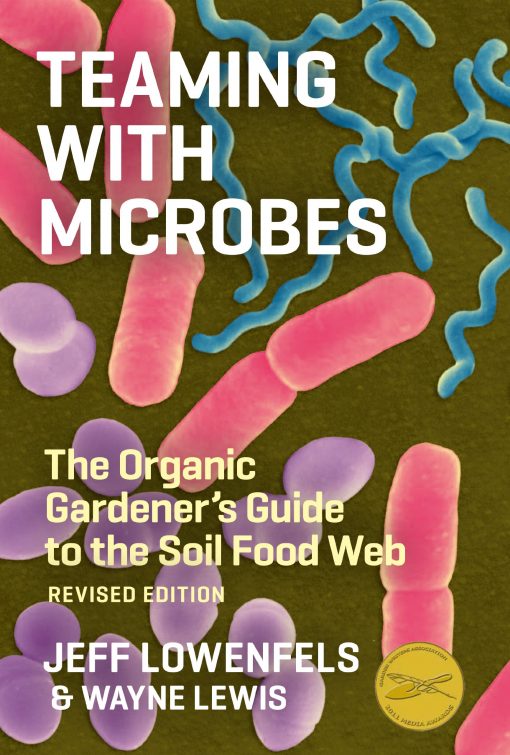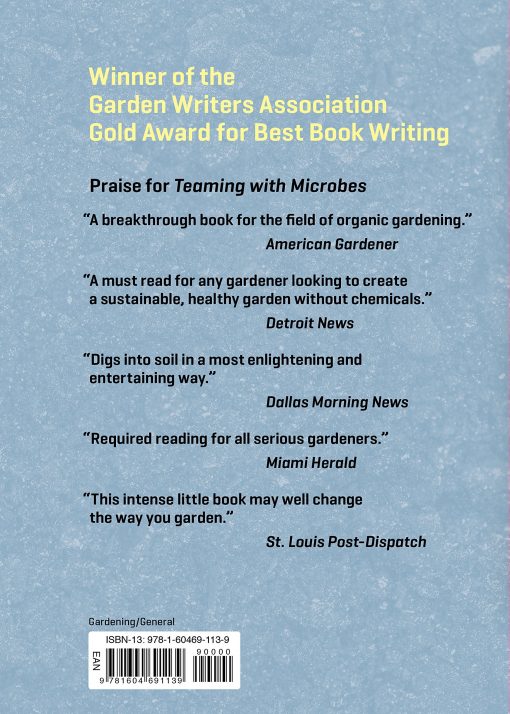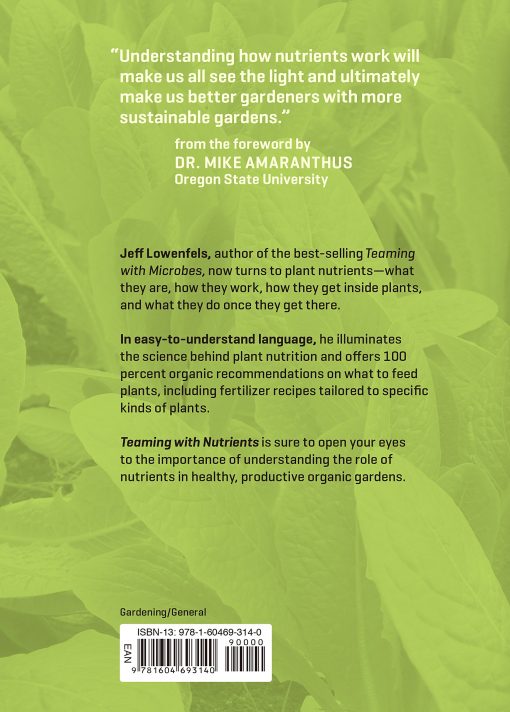In 2012, a California mom decided to start an organic vegetable garden. But she went about it in an unusual way: she crowdsourced it by launching a YouTube channel under the name “CaliKim” and asking for help. And then she started planting. As questions came up, she turned to her viewers and subscribers and they replied with answers and advice. As she learned, her garden grew successfully—even in the hot, harsh California climate. Her expertise also grew, and now she answers many more questions than she asks and has become a very accomplished home gardener.
And CaliKim has a great story to tell: growing healthy organic vegetables for your family is not difficult, even for today’s time-challenged lifestyles. She provides complete step-by-step information on growing the most popular edibles organically, and also gives sound advice on how to take on the challenges of balancing a hectic lifestyle with successful growing—and how to involve the whole family in the process.
You’ll be rewarded for your effort every time you place a plate of natural, organic vegetables on the family dinner table knowing exactly what they are, what is in them, and where they came from.
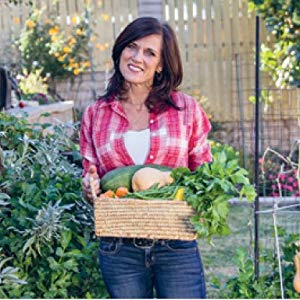
TURN YOUR DREAM INTO REALITY I can’t wait for your dream of growing your own organic vegetables to become a reality for you. Soon you’ll be the one stepping outside on a sunny afternoon with a basket in your hand. What are you doing? Harvesting dinner—the first vegetables you grew in your own backyard.
You’ll experience an incredible feeling of accomplishment as you bring that basket, brimming with freshness and flavor, in your kitchen. And you’ll be proud to prepare a garden-fresh meal of nourishing, delicious food for your family.
It’s time to discover the magic of planting a seed and watching it grow into the most amazing
vegetables you’ve ever eaten. It’s addicting. And you’ll never go back.
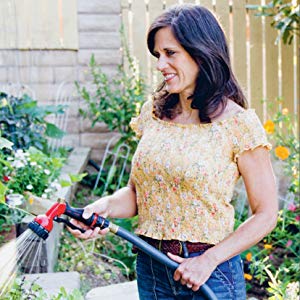
WATERING
THE KEY TO A PRODUCTIVE GARDEN
Consistent watering is the key to a productive garden. Some gardeners are fortunate enough to live where it rains regularly, and they don’t have to worry about watering. Here in Southern California, it rarely rains during the summer, so watering my garden is a huge issue for me and can eat up a ton of time.
There is no need to guess how to water your garden. This chapter will give you all the information you need to water your veggies effectively and efficiently. Knowing when, how often, and how much to water your garden can make the difference between a thriving garden that provides lots of yummy veggies or stunted plants that die before you harvest anything.
WHEN SHOULD YOU WATER?
During the hot summer months, avoid watering in the heat of the day. Water in the morning or evening in the cool of the day. This reduces water evaporation and makes the water available for your plant when it needs it the most—during the hottest part of the day.
WHERE SHOULD YOU WATER?
Water at the base of your plants whenever possible so the water gets to where it needs to go—the roots. Overhead watering increases the chance of your plants getting fungal leaf diseases, and often water evaporates before it gets to the roots. Keeping your plant leaves as dry as possible helps control common garden diseases, such as powdery mildew, blight, leaf spot, and many more.
HOW MUCH SHOULD YOU WATER?
Different vegetables vary in their watering needs. Container plants will dry out quicker and need more water, sometimes daily in hot weather. Water containers until the water runs out the bottom. Monitor the soil moisture to see how often you need to water your garden beds or containers.
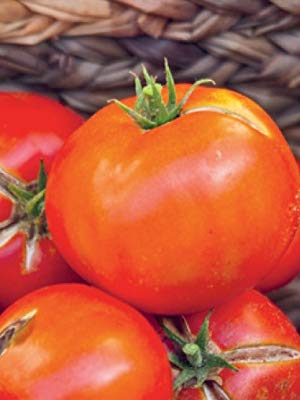
Quick and Simple Tomato Harvest Tips
A vine-ripened tomato harvested at its peak explodes with flavor. You’ll crave more. And more. Once you grow your own, store-bought tomatoes will never satisfy you again.
- Leave your tomatoes on the vine as long as possible for the best flavor and color.
- An unripe tomato will be harder and lighter than a ripe tomato.
- Once you start harvesting your tomato crop, check daily for ripe tomatoes.
- Overripe tomatoes will rot quickly and bring in pests and rodents.
- Smaller, cherry-type tomatoes ripen sooner, about 60 days after planting.
- Harvest cherry tomatoes as soon as they are ripe as they crack easily.
- Larger, beefsteak-type tomatoes take longer to ripen, about 90 days after planting.
